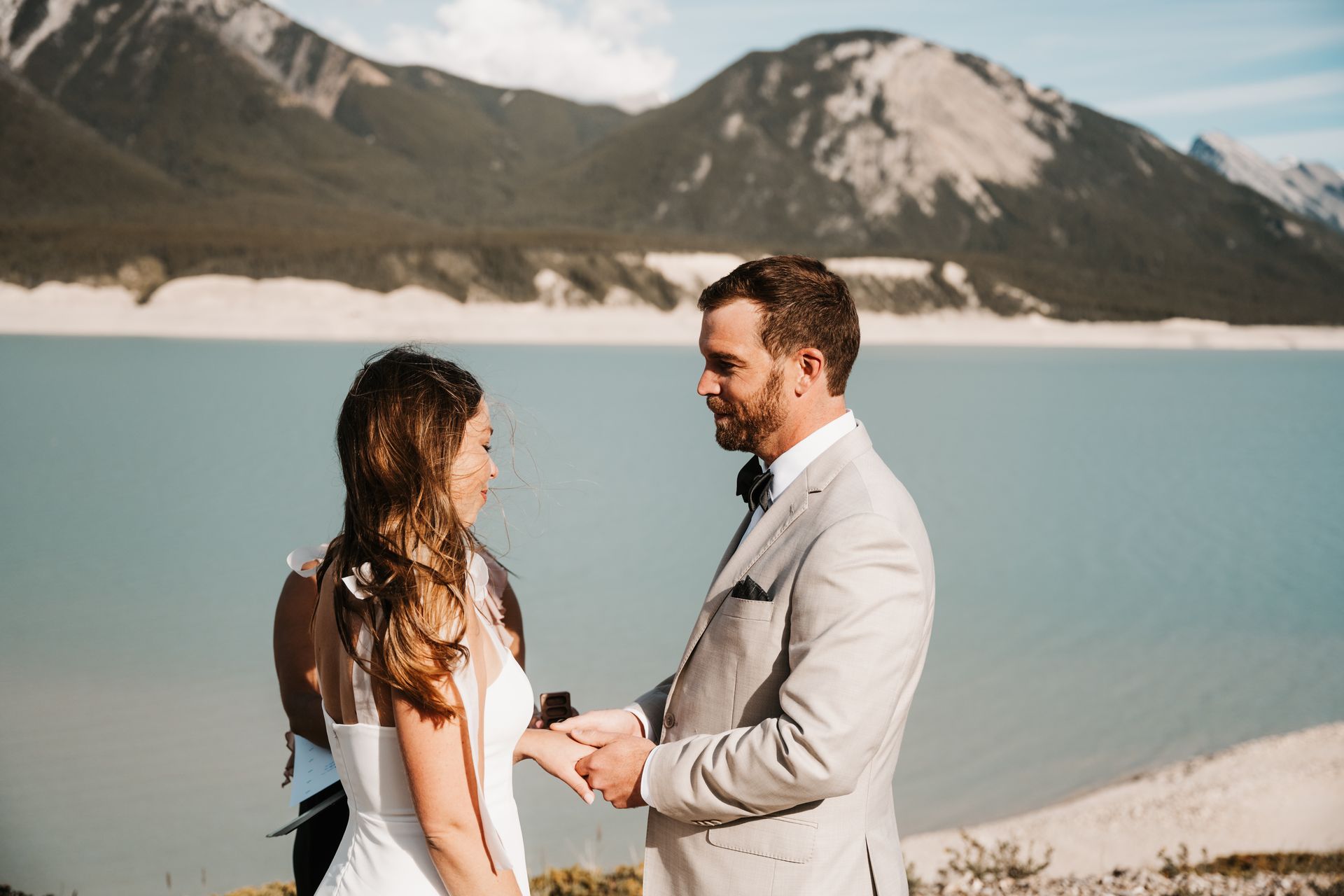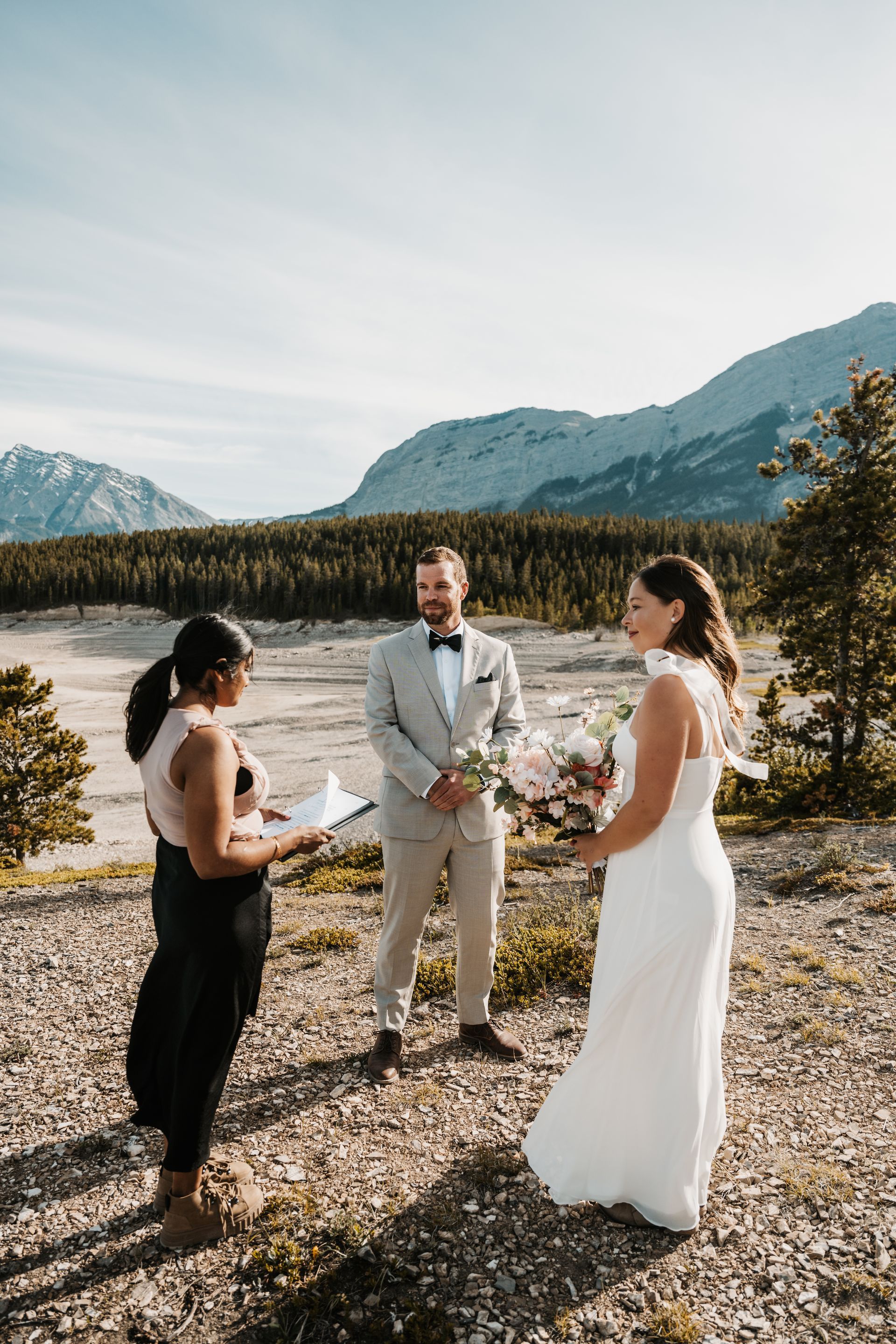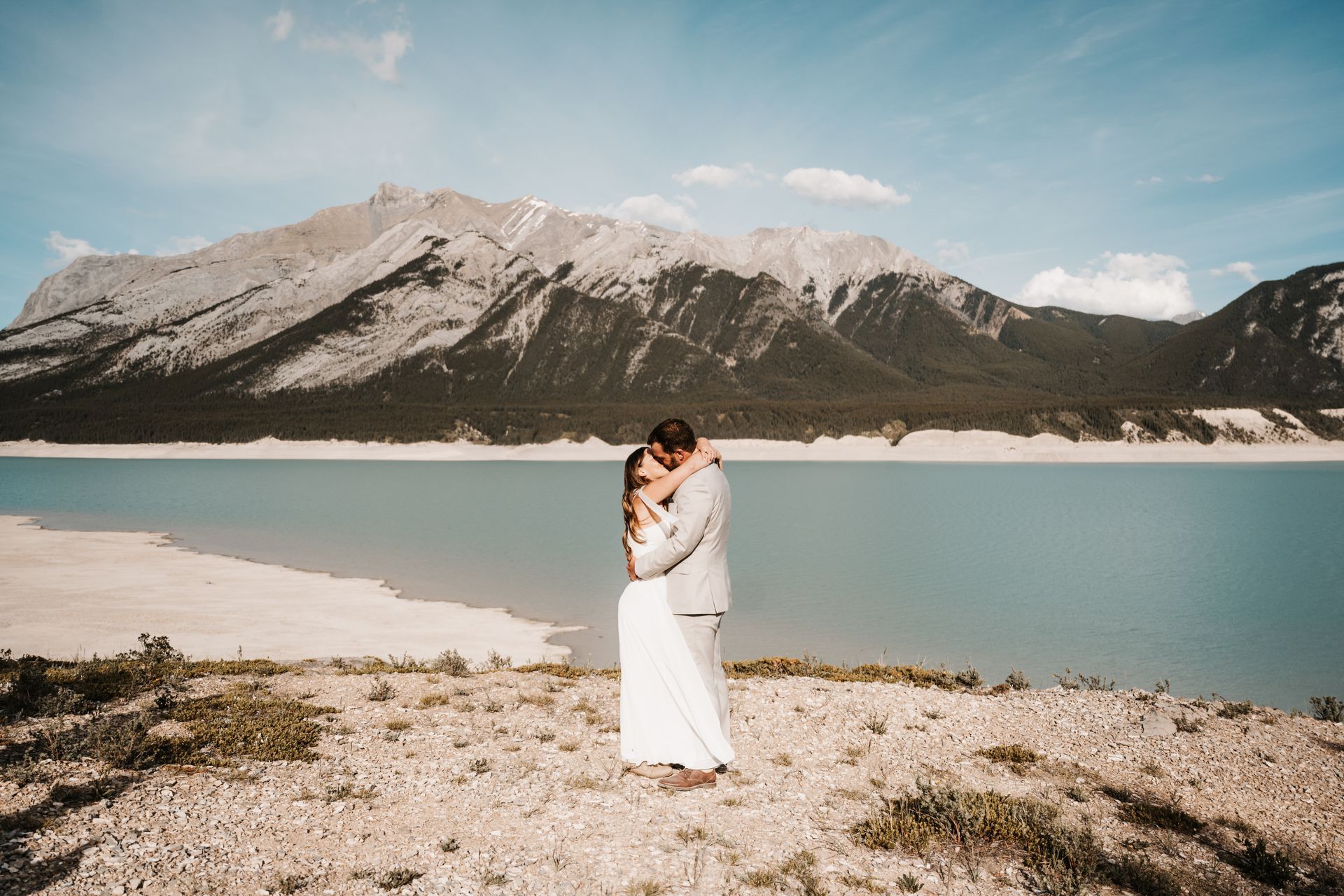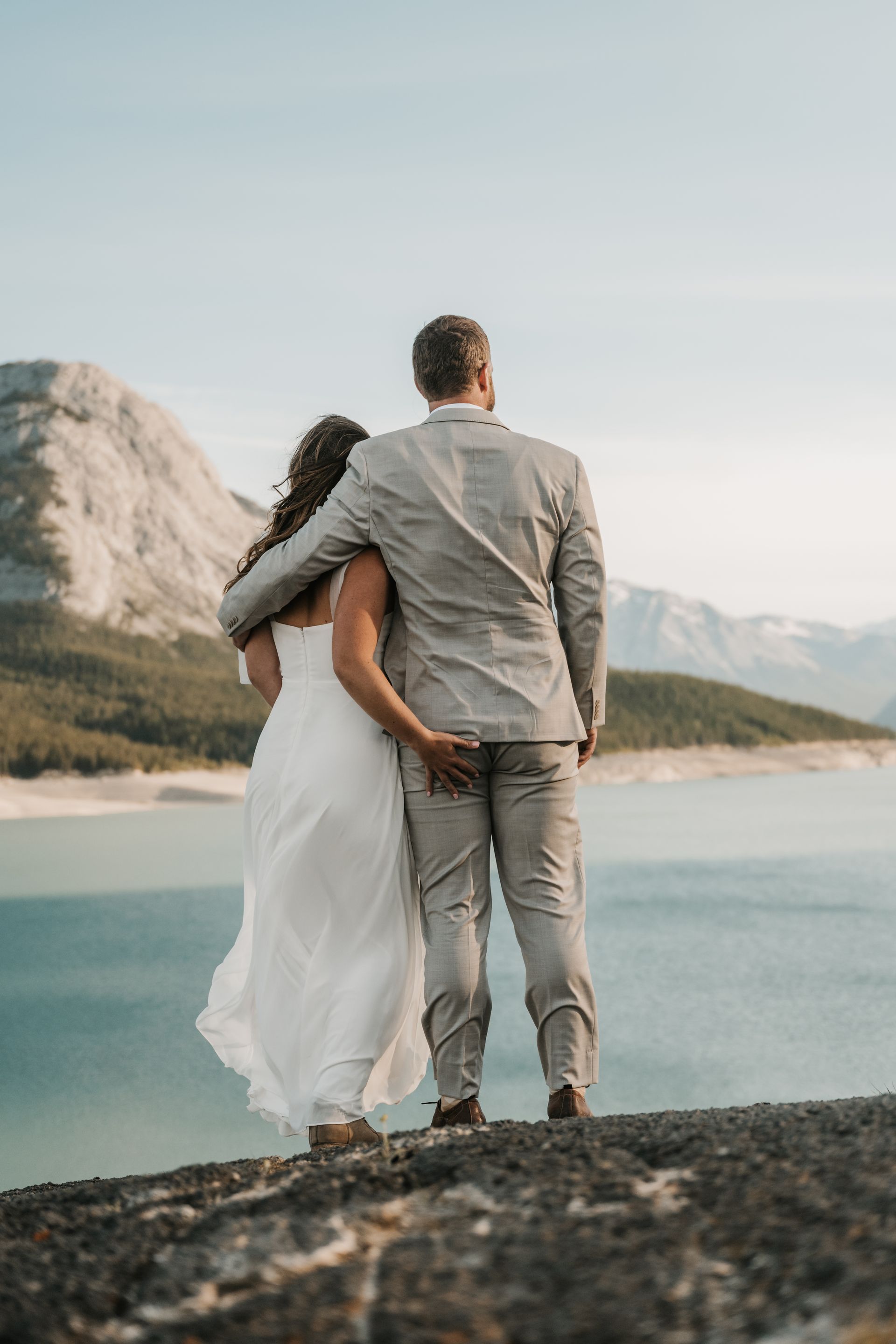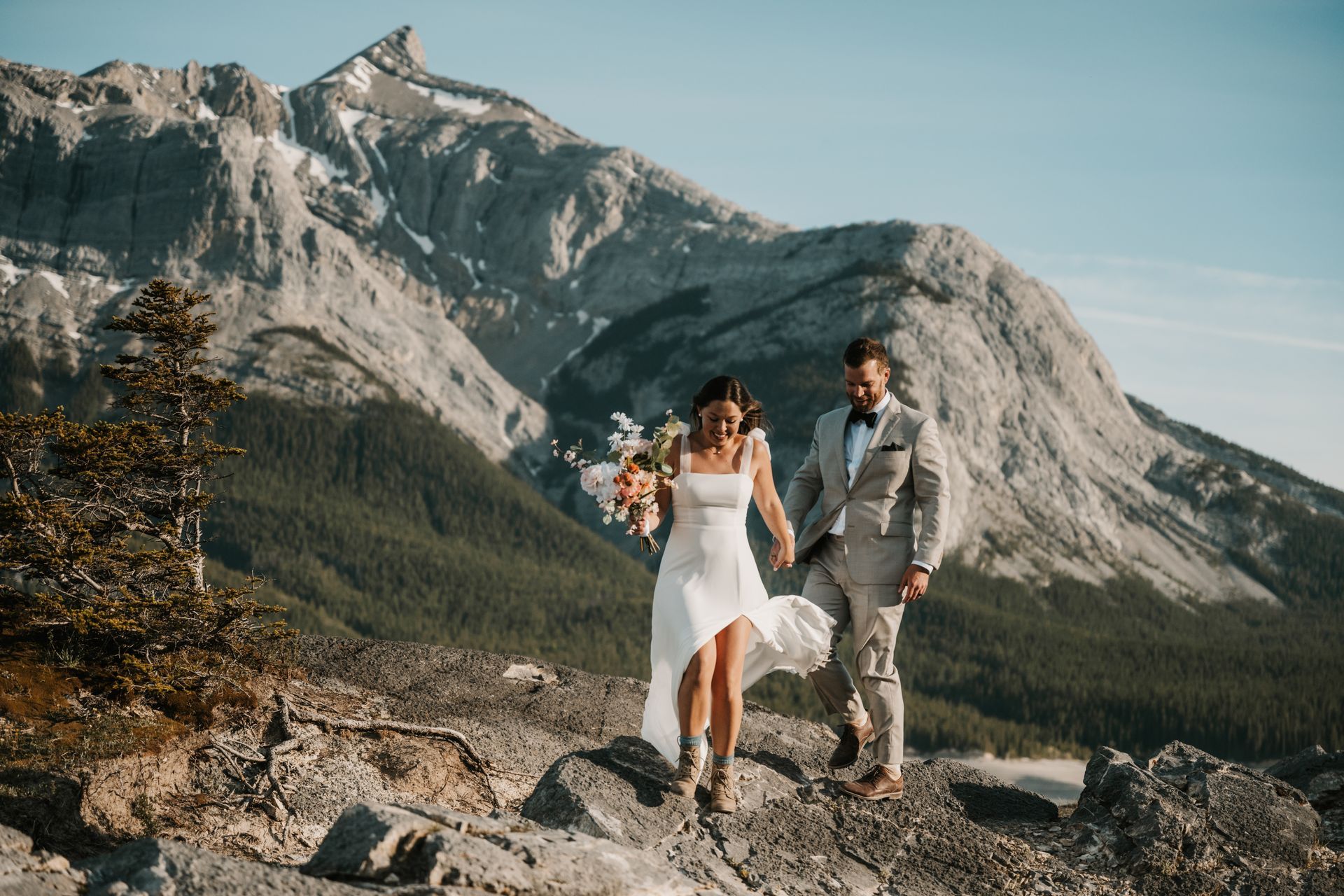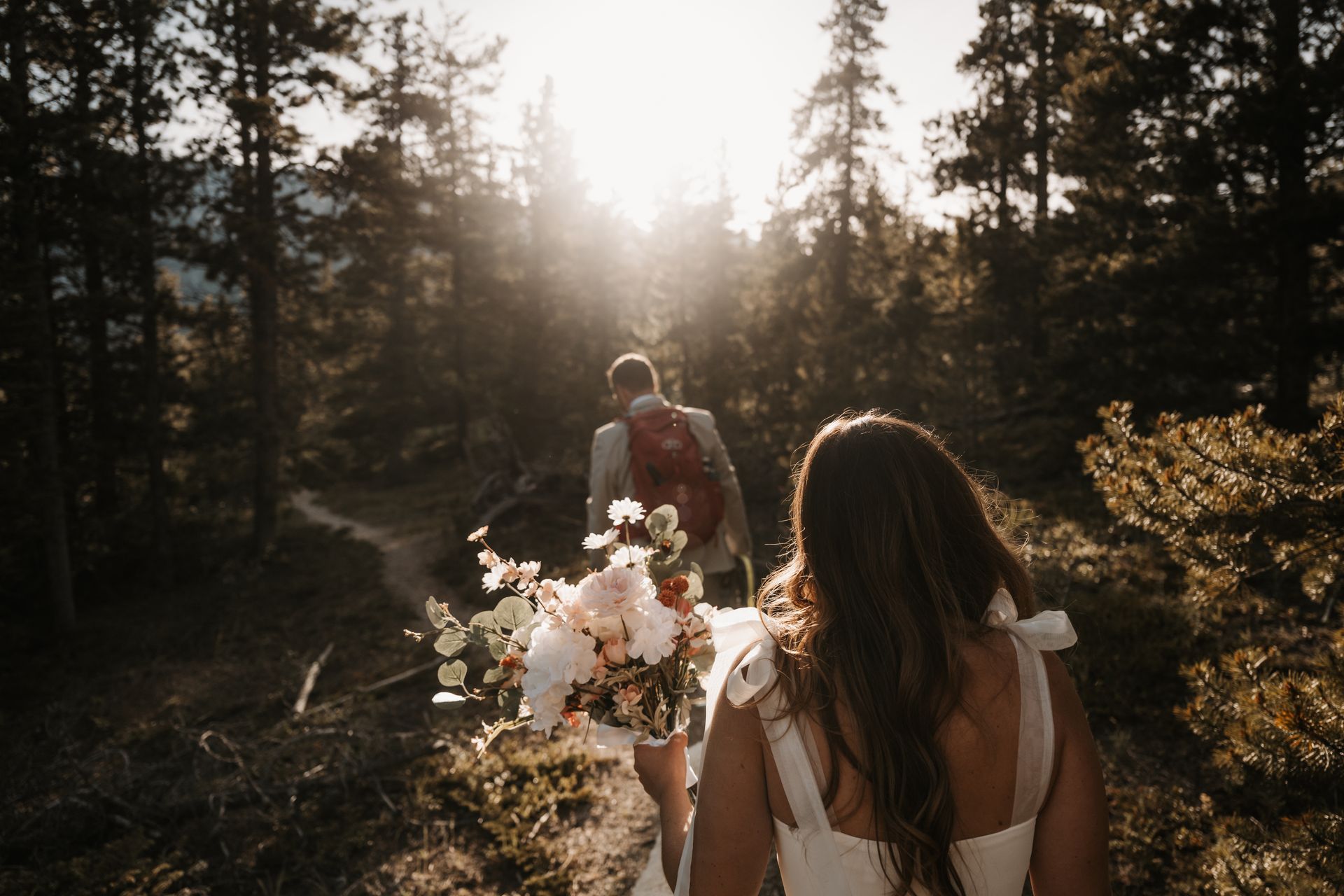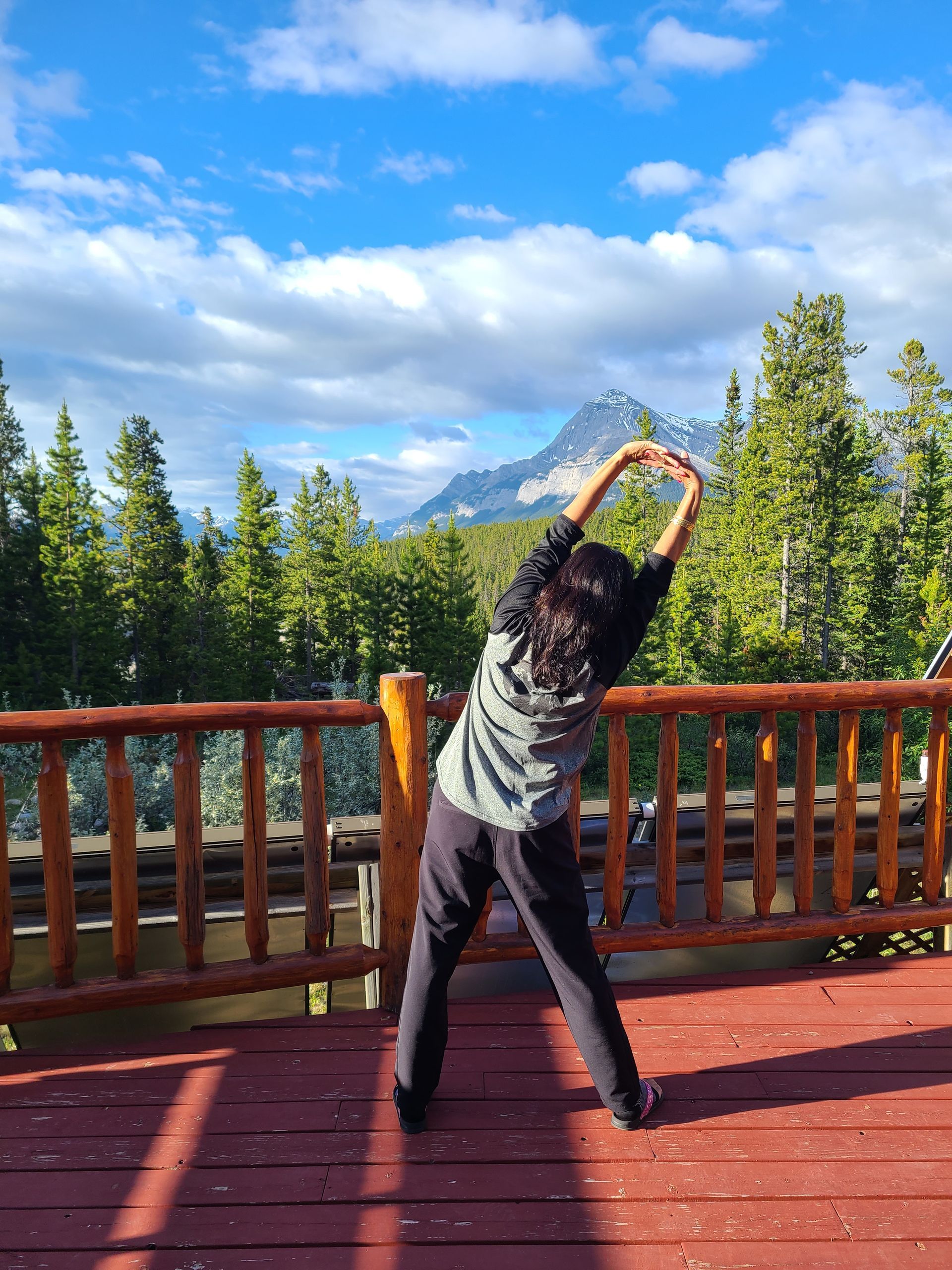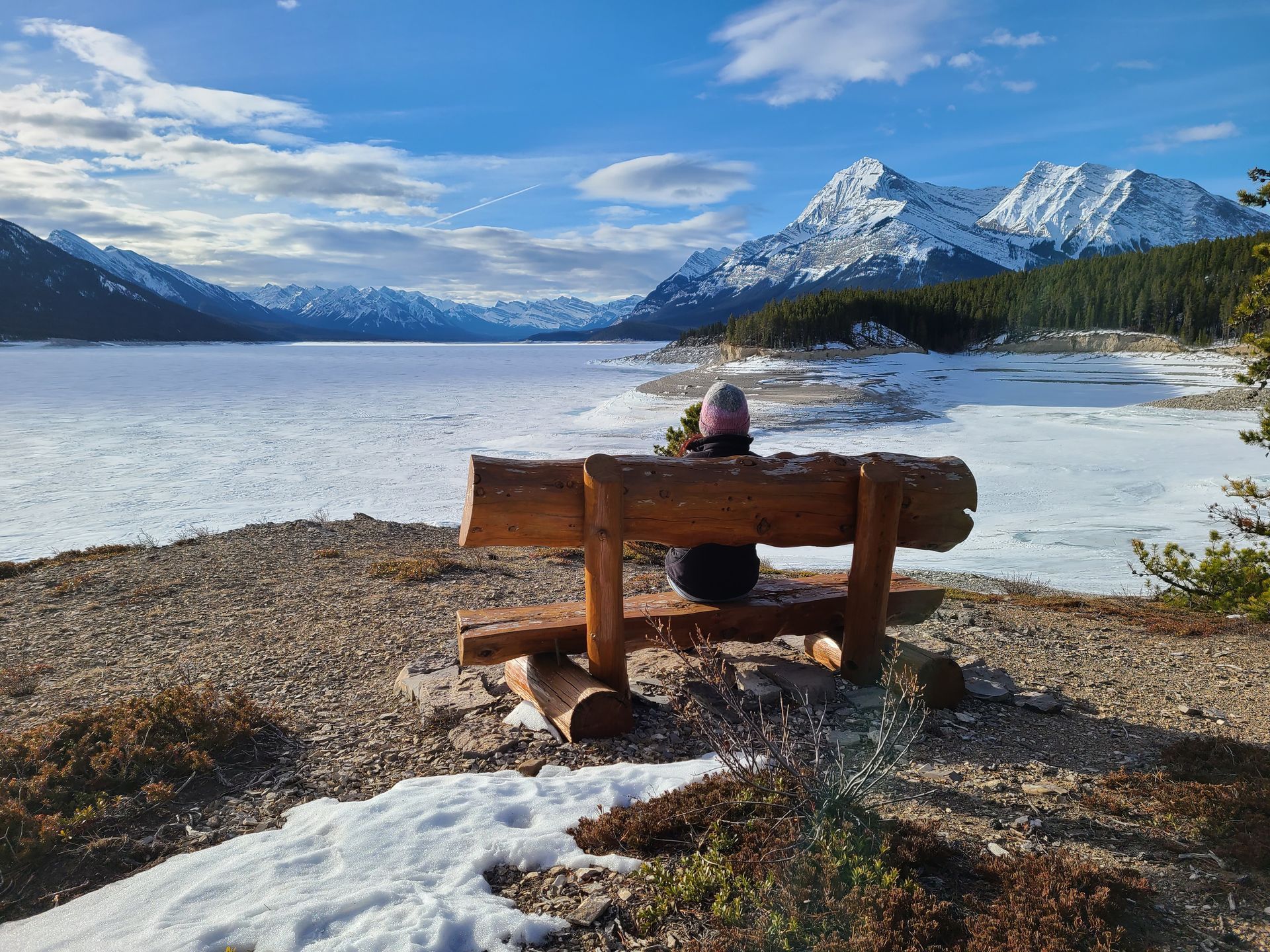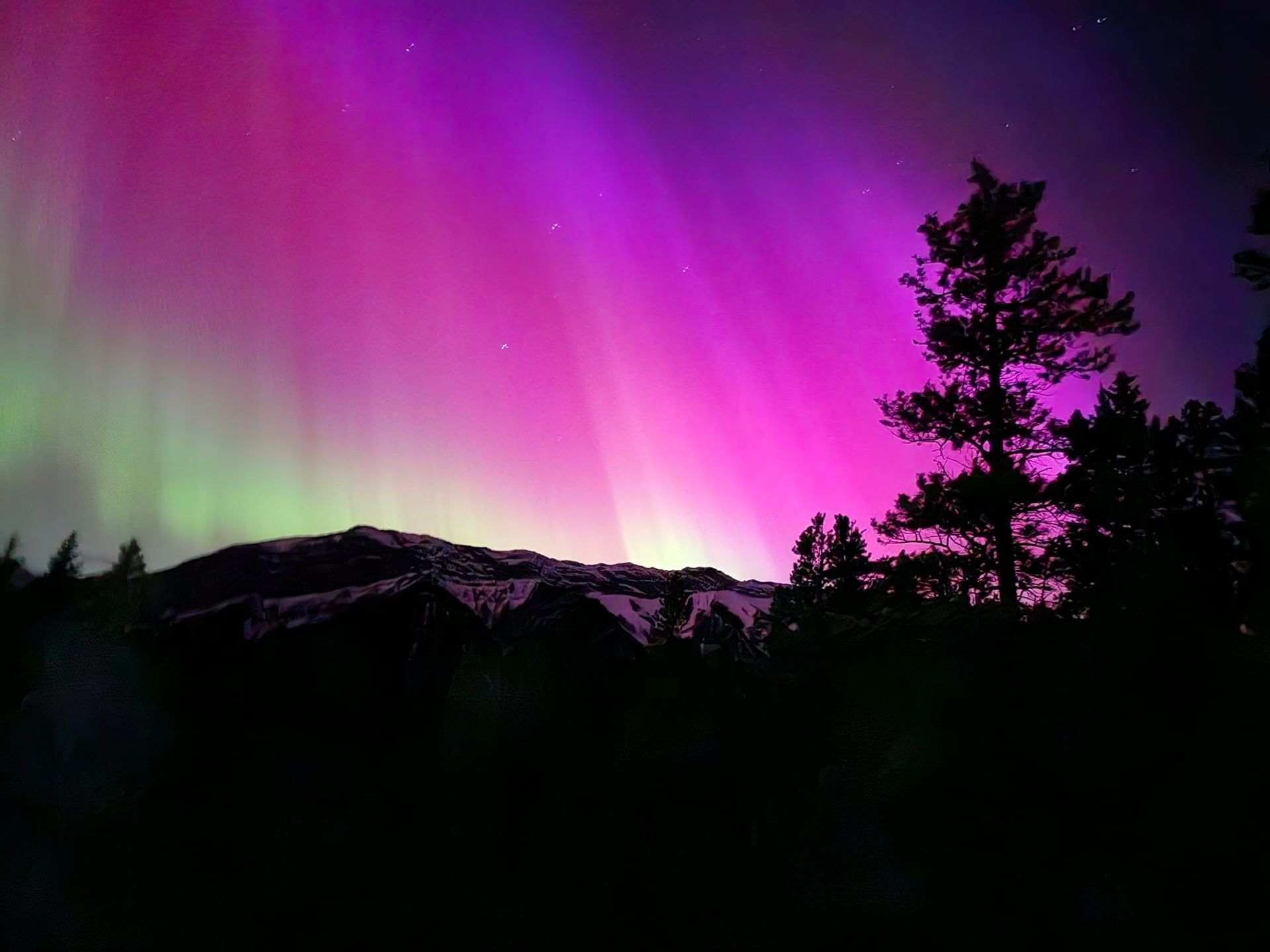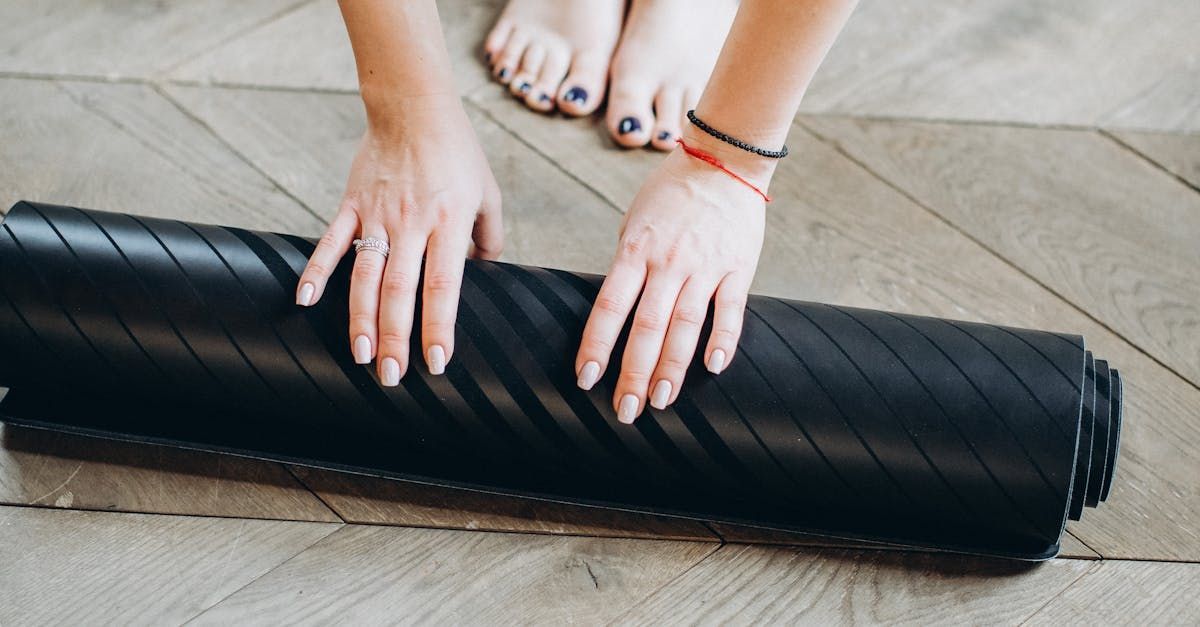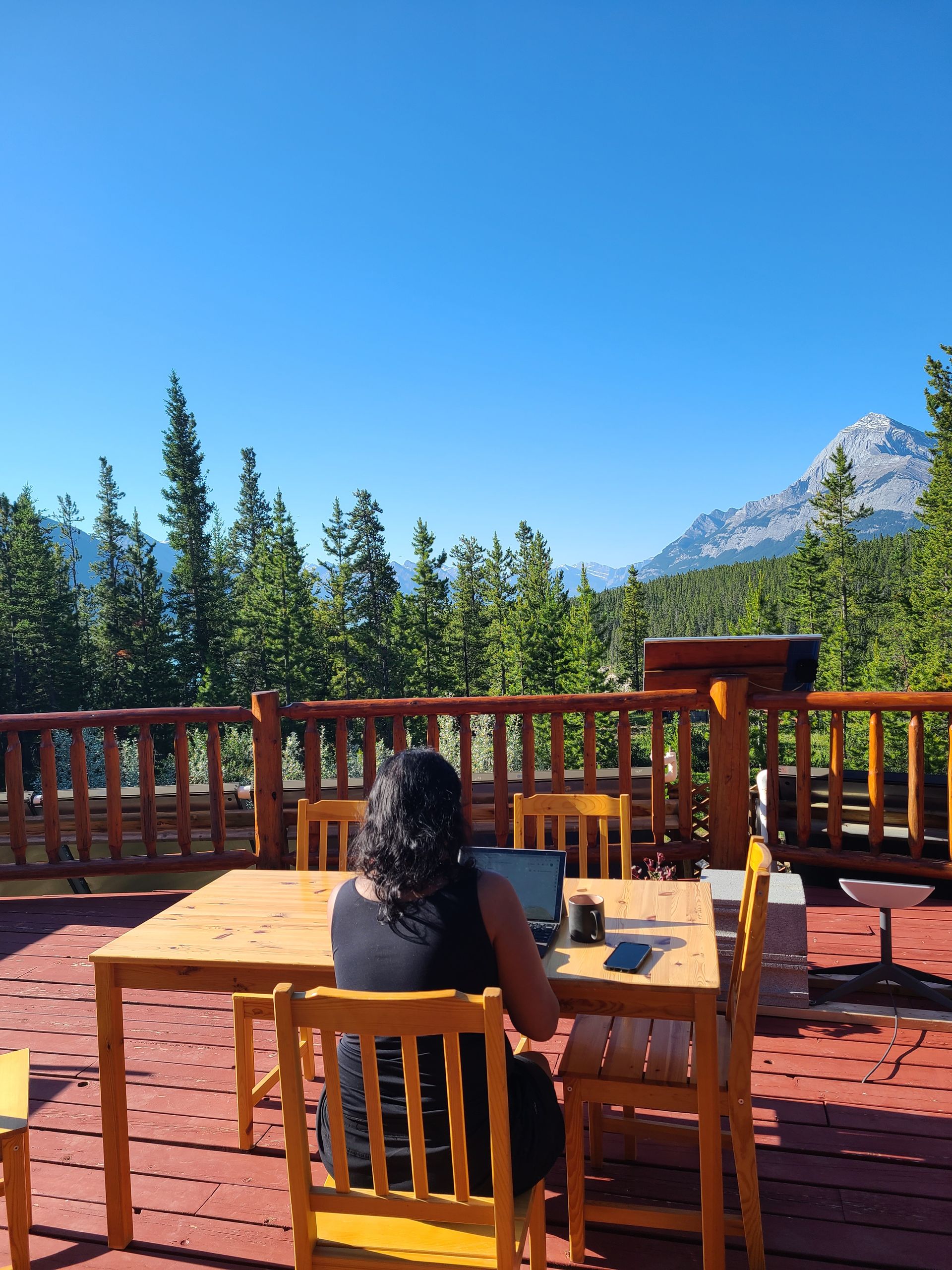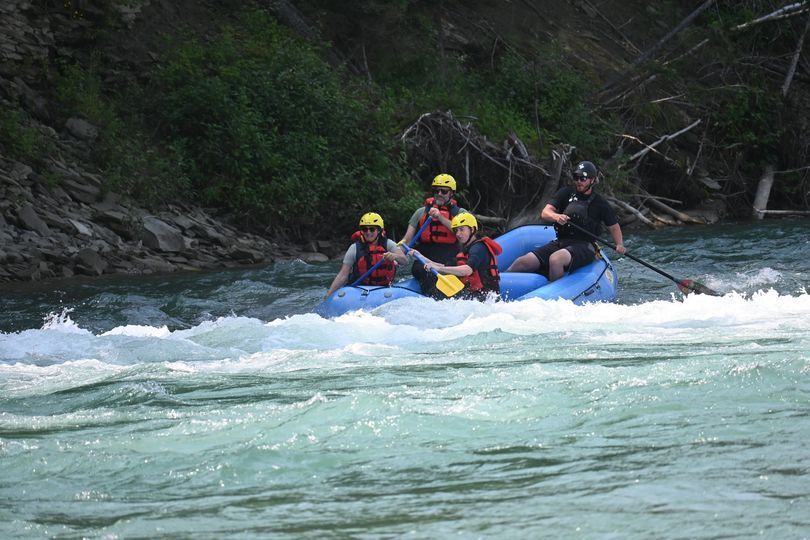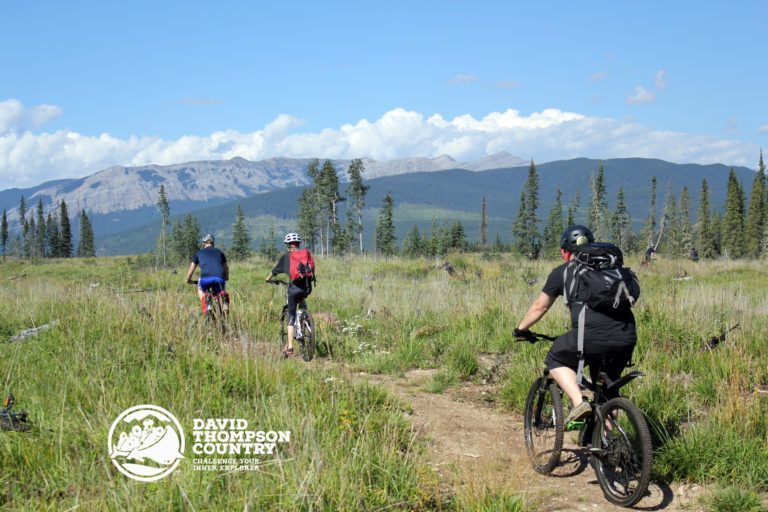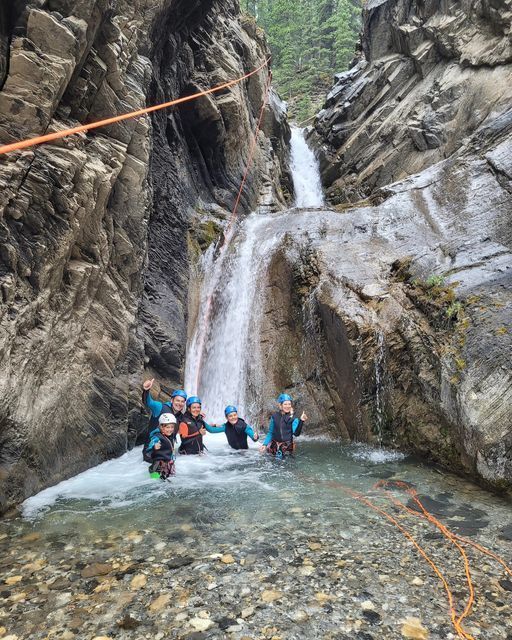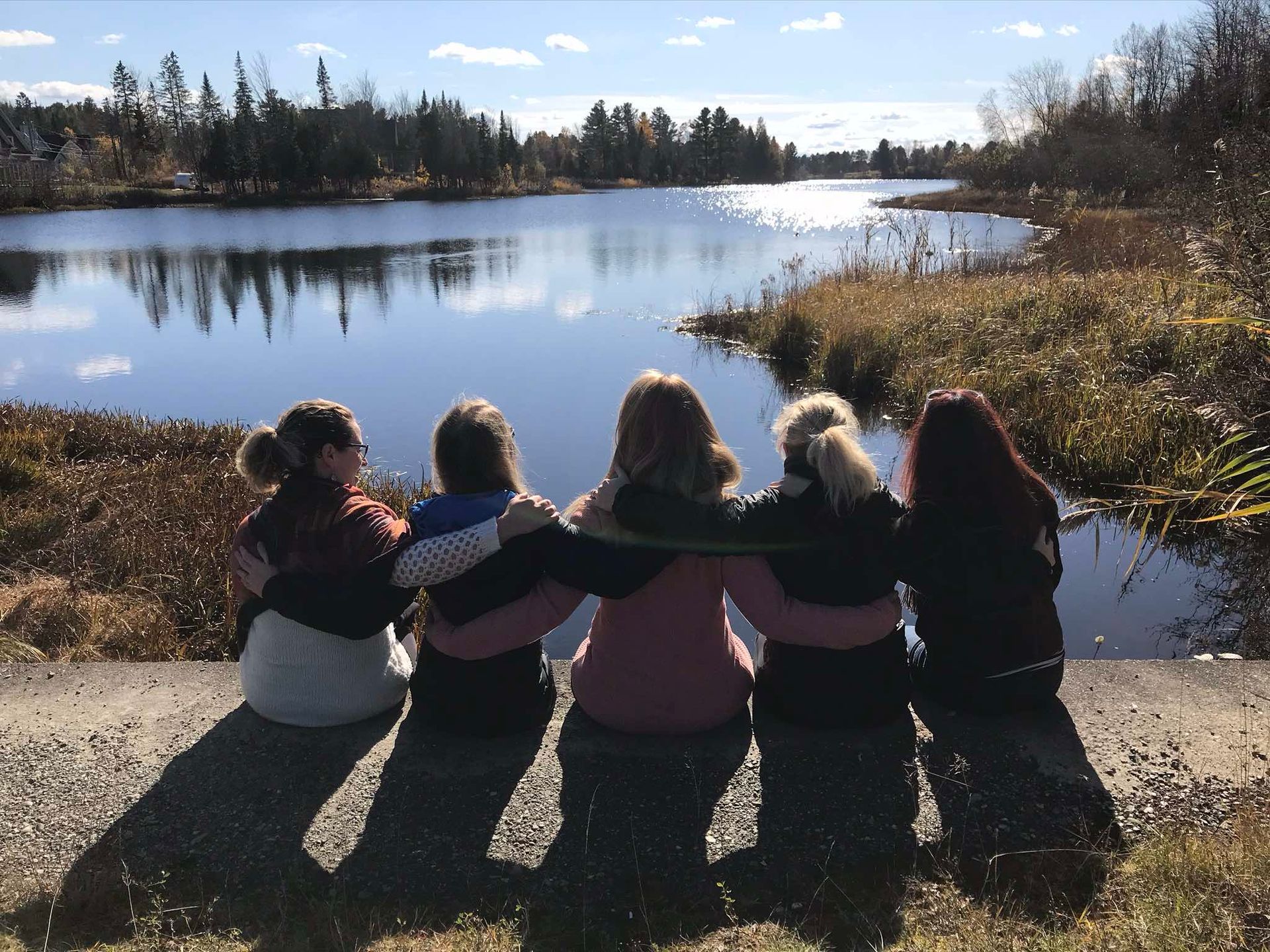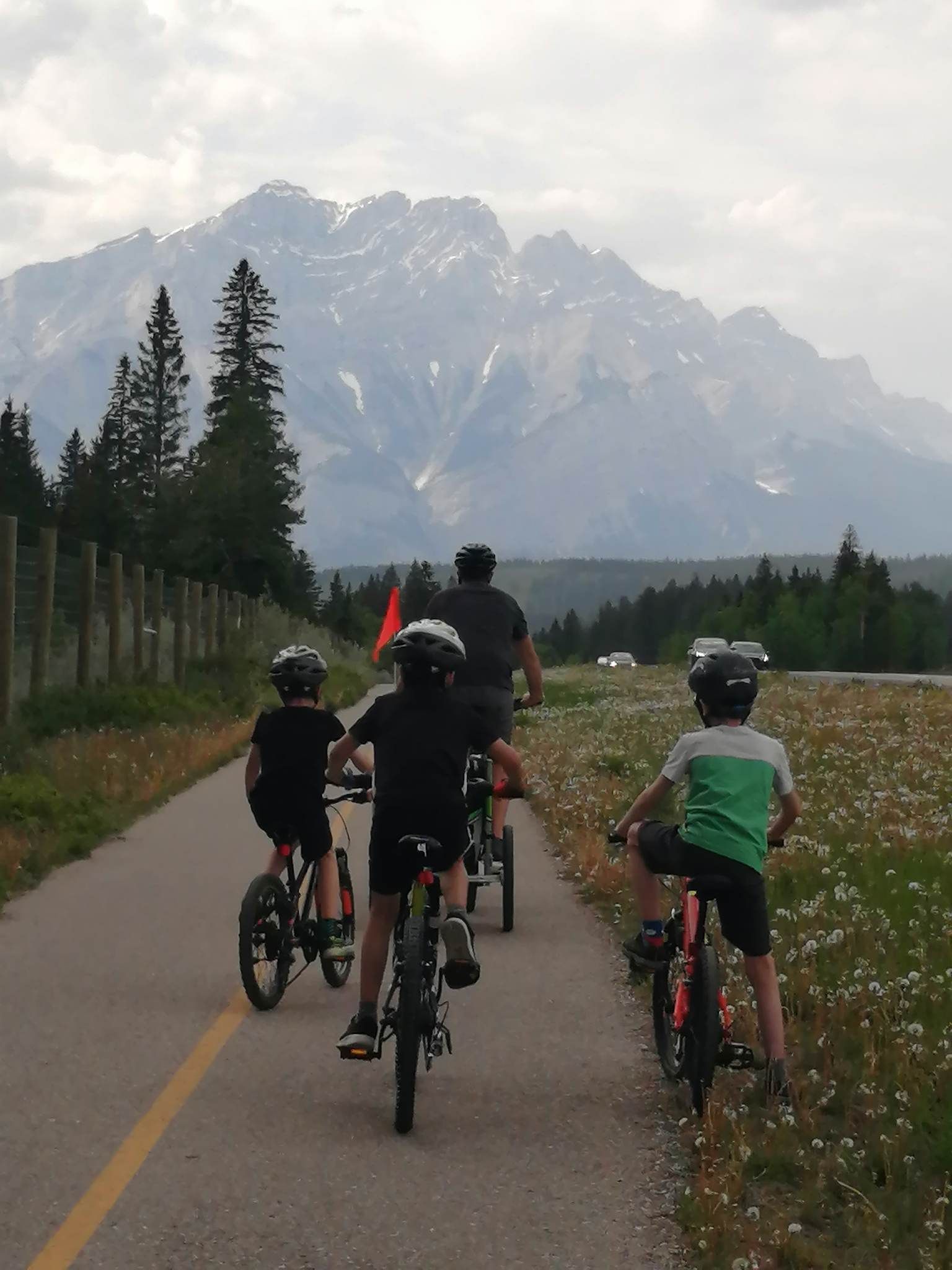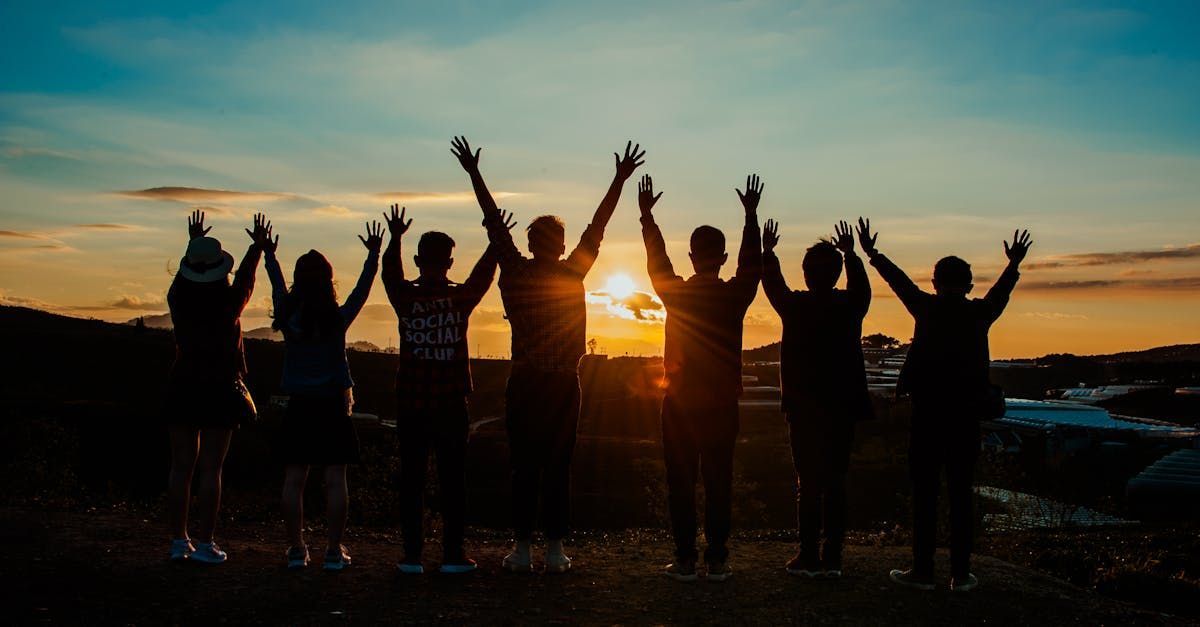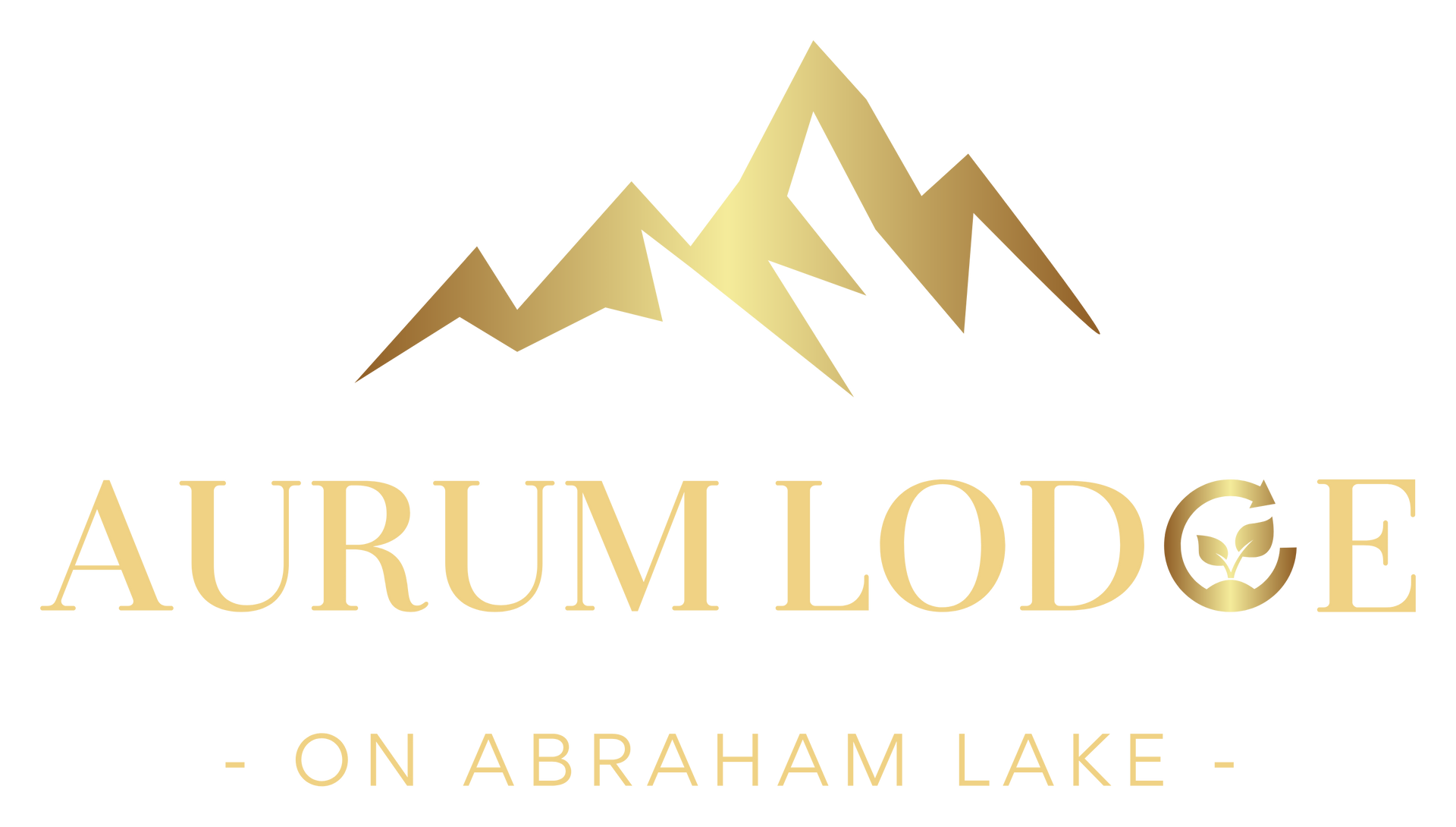Events & Groups
Intimate Wedding
It would be our pleasure to help you create your perfect day in such a beautiful location.
Our accommodations can host up to 20 guests and our restaurant can create a special menu just for you and your group.
We have different packages to ensure a celebration that will exceed your expectations.
Please contact us so we can create an event designed exclusively for you two.
Health or Yoga Retreat
Our lodge and site is the perfect place to organize a yoga or health retreat.
We would love to work with you to customize your stay to your specific needs.
We can create special menus, plan activities and excursions.
We have a large dinning room that can also be used as a conference center and we have wifi.
Team Building
Aurum Lodge is the perfect business retreat!!!
Culinary delights combined with multiple team building activities possible in the area and wonderful views are amongst the highlights of this place.
We have a large dinning room that can also be used as a conference center and we have wifi.
Groups
If you are looking for the perfect place for your family gathering, a friends reunion, a hiking group, a motorcycle group or any other reason to get together and celebrate, look no further!
We would love to welcome you to Aurum Lodge and help you make your getaway simply perfect!!
Contact us, it will be our pleasure to organize your stay with you!
